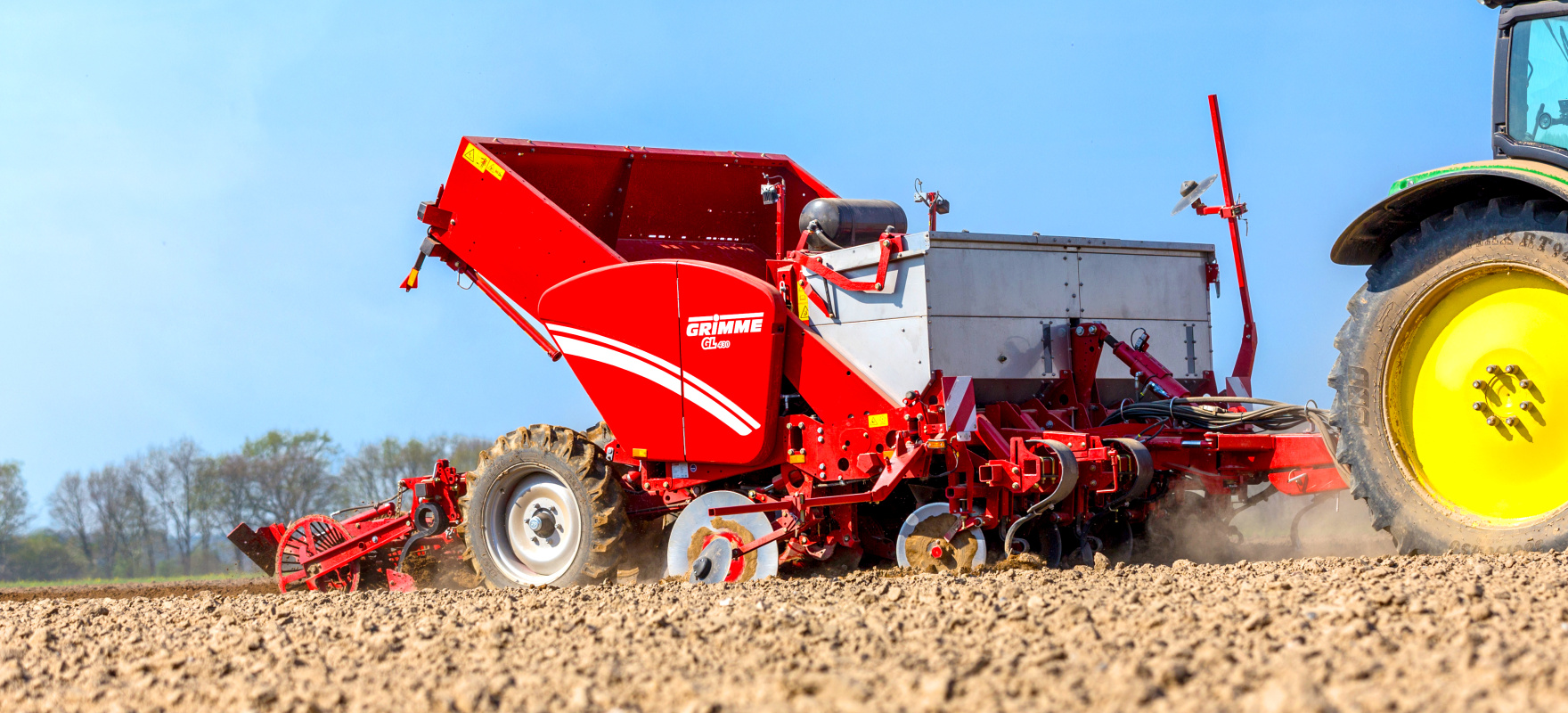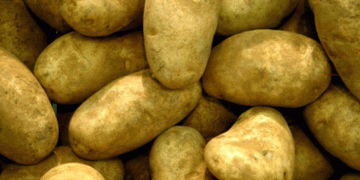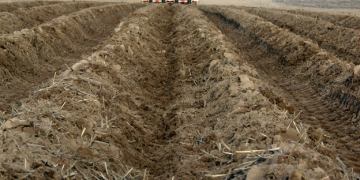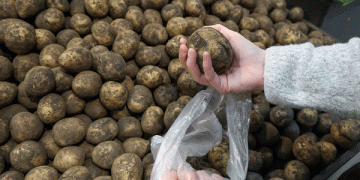A reduced basic fertilization in the row scored the best financially for potatoes last year. This is evident from a demo project of the Belgian research institute Inagro.
Inagro started a fertilization trial in April 2020 with a focus on fractionation and fertilization in line. The trial was set up on April 25 on a practical plot with the Fontane variety.

After an initial soil analysis for plants, it turned out that there was still little nitrogen present in the profile, which meant that the total nitrogen advice was high: 229 kilos of nitrogen per hectare. Various objects received only 70 percent of the advice fertilized either full-field on the prepared field or in the row.
Yield
During the growing season, the difference between the two ways of fertilizing was visible in the crop position, whereby the fields with row fertilization were better. This was also reflected in the revenue figures.
The lowest yield was clearly achieved with the unfertilized object. Full-field fertilization without foliar fertilization in June / July also achieved a lower yield, with 100 percent nitrogen advice giving slightly better results than just 70 percent of the nitrogen advice.
The highest yields were for the field fertilized object with foliar fertilization and for the two objects with row fertilization. The difference in yield between row fertilization at 70 percent of the advice or 70 percent advice supplemented with foliar fertilization during the growing season was negligible.
Quality
The differences in quality were minimal. It was only logical for the underwater weight that the object achieved the highest score without nitrogen fertilization: less energy was put into the foliage, so that tuber formation started just a little earlier with more dry matter build-up.
The nitrate residues on the test field were all good, with a maximum of 89 kilos of nitrogen per hectare. The object without nitrogen fertilization clearly achieved the lowest nitrate residue. The two objects with foliar fertilization in June / July achieved the highest nitrate residues. The extra top dressing was therefore insufficiently absorbed by the crop, although this foliar fertilization was useful in terms of yield after full-field fertilization in the spring.
The researchers can state that by applying the basic fertilizer in the row, the fertilizer granules were better placed. The nitrogen was immediately in the root zone. After the full-field fertilization, the nitrogen was too much at the top of the back. Due to the lack of sufficient precipitation, this nitrogen could not migrate into the root zone.

Saving fertilizers
Financially, the property with reduced basic fertilization in the row scored the best in 2020. There is a saving in the amount of fertilizers and the yield was higher. ‘If we calculate at a cost price of 1 euro per kilo of nitrogen and a selling price of 80 euros per ton of potatoes, we arrive at plus 400 euros for 70 percent row fertilization compared to 100 percent full-field advice,’ the researchers conclude.







